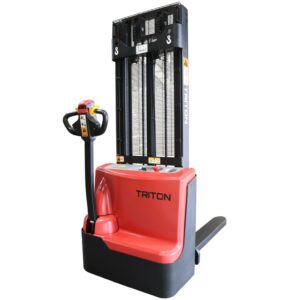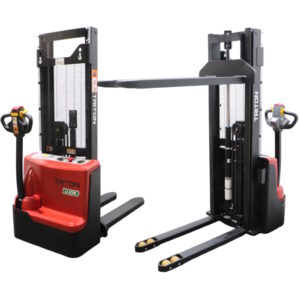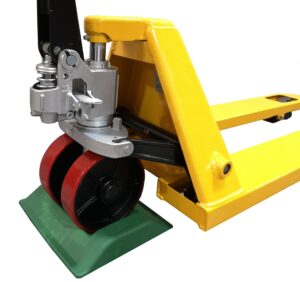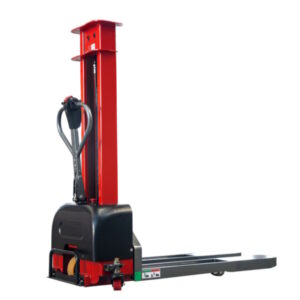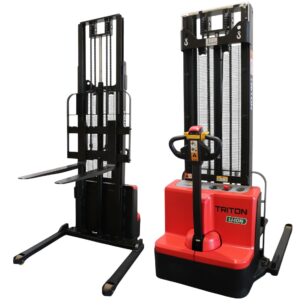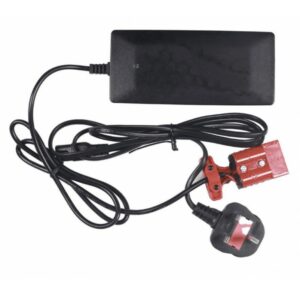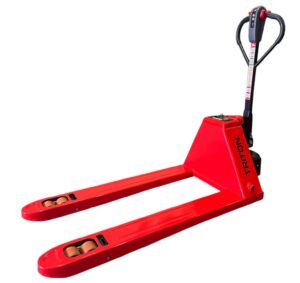With e-commerce still on the rise and returns accounting for up to 30% of all online purchases, businesses must ensure their reverse logistics operations are quick, cost-effective, and responsive.
Customer expectations and standards for a smooth and efficient returns process have never been higher, and a well-structured returns process is not an option – it is a necessity. Here’s how warehouses and distribution centres can optimise their returns process to meet customer expectations…
1. A Clear and Efficient Returns Policy
An effective returns process starts with a clear and transparent policy. Customers should know exactly how to return their items, what condition they should be in, and how long the process will take. Providing prepaid return labels, clear instructions, and real-time tracking updates helps to streamline the process and reduce customer frustration.
2. Dedicated Returns Processing Area
Warehouses should have a designated area specifically for handling returns. This prevents congestion in other parts of the facility and ensures returned goods are inspected, sorted, and processed as quickly as possible. Implementing a structured system – such as colour-coded bins or digital tracking – can ensure that each return is directed to the appropriate next step, whether that’s restocking, refurbishing, or disposal.
3. Investing in High-Quality Manual Handling Equipment
Efficient returns processing relies on the ability to move goods quickly and safely. High-quality manual handling equipment, such as pallet trucks, lift tables, and manual stacker trucks, plays a crucial role in keeping operations smooth.
Phil Chesworth, Managing Director of Midland Pallet Trucks, explains, “Returns management can be one of the most resource-intensive aspects of warehouse operations. Investing in reliable pallet trucks and other handling equipment ensures that returned items are moved, sorted, and restocked efficiently, helping businesses maintain a fast turnaround while keeping workers safe.”
4. Leveraging Technology for Faster Processing
Barcode scanning systems, RFID tracking, and inventory management software help warehouses keep track of returned stock in real time. Technology also assists in identifying trends in returns, allowing businesses to adjust product descriptions, packaging, or shipping processes to reduce future returns.
5. Skilled and Well-Trained Staff
Returns processing requires trained staff who understand the importance of speed and accuracy. Regular training on best practices, health and safety procedures, and the effective use of equipment can improve efficiency and reduce workplace injuries.
6. A Sustainable Returns Management Process
Customers are increasingly eco-conscious and expect businesses to handle returns responsibly. Recycling materials, refurbishing products, and minimising waste can boost a company’s reputation while also reducing costs associated with excessive disposal.
Midland Pallet Trucks supports businesses with high-quality pallet trucks and manual handling equipment, ensuring warehouses are equipped to handle returns efficiently. Investing in the right tools and practices today can lead to a smoother, faster, and more cost-effective returns process in the long run.

